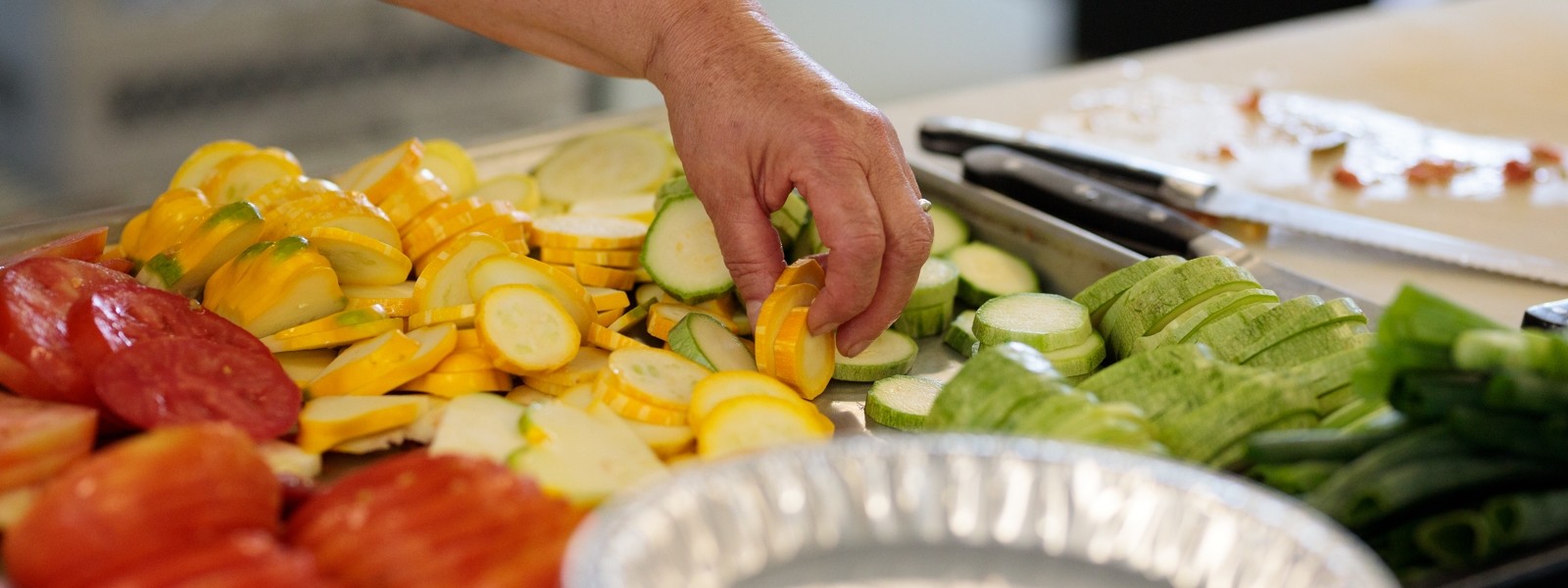
Cooking Tips
- How to Make Sauerkraut – Cabbage is a star in kraut, salads, and more, thanks to its amazing potential in lacto-fermentation. This natural preservation method not only enhances flavor but also boosts nutritional benefits like improved digestion and nutrient absorption. Read more →
- Gilfeather Turnips: All About Them – The Gilfeather turnip, a rutabaga-turnip hybrid, is a root vegetable that is normally harvested after the first hard frost of the season. It is white rather than yellow inside, and it is sweet and creamy, not having the bite of a normal turnip. Read more →
- Pie Pumpkin: All About It – With the onset of cooler weather vines of the pumpkin die back and it is ready to harvest. Pumpkins will last for months with curing and proper storage. They are an excellent source of vitamin A in the winter, and are also high in iron, potassium, and phosphorus. Read more →
- Spaghetti Squash: All About It – Raw spaghetti squash has a solid flesh, similar to other squash. When cooked, the meat resembles strands of spaghetti, which are sometimes as long as traditional spaghetti noodles. Read more →
- Celeriac: All About It – Celeriac, or celery root, is a variety of celery grown for its root. It has a creamy white inside beneath its gnarly, brown outside. Read more →
- Onions: All About Them – Onions are the most widely cultivated species in the Allium genus. There are many different varieties, from spring to yellow to red to green to shallots, many of which can be used interchangeably. Read more →
- Scallions: All About Them – Scallions, or green onions, are a fresh, mild member of the onion family, but unlike other onions, scallions never develop a true bulb. Read more →
- Heirloom Tomatoes: All About Them – Heirloom tomatoes have been selected over the years for their flavor. The word “heirloom” refers to the history behind the fruit, provoking endless images of farmers in their garden taste-testing and then saving seeds from the best tomatoes. Read more →
- Hot Peppers: All About Them – Capsaicin is the heat-producing ingredient in peppers. Most of the heat is held in the seeds and the membrane, so remove them before processing or cooking if you’re sensitive to heat. Cooking or freezing won’t affect the pepper’s intensity. Read more →
- Green Beans: All About Them – String beans are the unripe, protective pods, of various cultivars of the common bean. They’re harvested and consumed with their enclosing pods before the seeds inside have matured. Read more →
